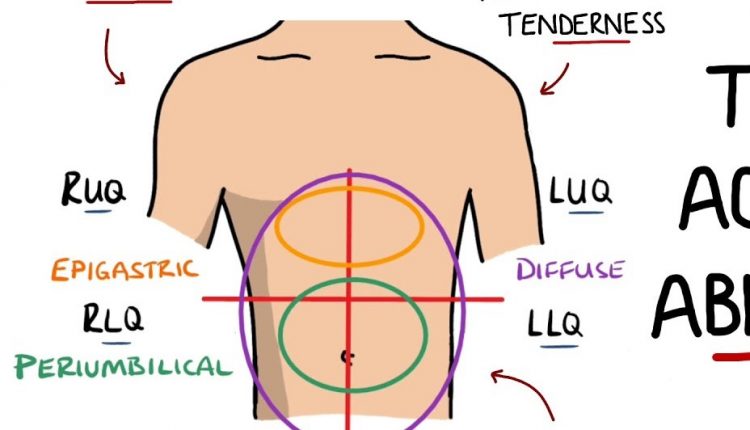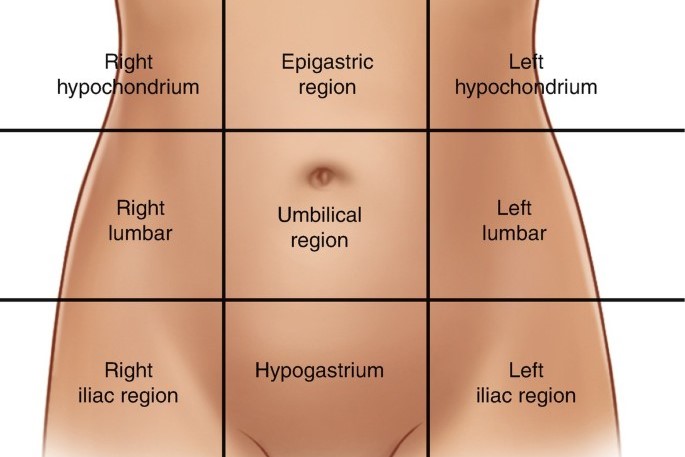
Abdominal trauma: a general overview of management and trauma areas
Abdominal trauma is extremely common and its basic management follows the principles of ABC and basic wound care
This section will discuss two particular situations involving the abdomen: eviscerations and impaled objects.
ABDOMINAL TRAUMA, EVISCERATION: any injury in which the contents of the abdominal cavity leak from the wound or are removed from the body
The intestine, liver, spleen and stomach are commonly involved in eviscerations.
These injuries are dangerous because they expose the organs to the external environment without protection, with the risk of injury due to dehydration and infection.
MANAGEMENT OF ABDOMINAL TRAUMA:
The management of these injuries focuses on keeping the exposed organs as moist and sterile as possible.
Sterile gauze or abdominal swabs should be irrigated with sterile saline and draped gently over the wound.
Do not attempt to push the abdominal contents into the body cavity: this risks further injury and is unlikely to be successful.
RESCUERS’ RADIO IN THE WORLD? VISIT THE RADIO EMS BOOTH AT EMERGENCY EXPO
PENETRATING TRAUMA
IMPALED PATIENT:
A foreign object protruding from the body is managed in the same way as evisceration, regardless of its position.
- Impaled objects must never be removed.
- Clothing must be cut around the object,
- the area must be irrigated and dressed with a voluminous bandage to control bleeding,
- seal the wound entrance from further contamination, and
- anchor the object in place.
The only modification to this rule is if the patient requires cardiopulmonary resuscitation and a stuck object prevents chest compressions on the sternum.
Anatomical areas
A basic knowledge of anatomy is important to direct and inform the rest of the assessment and to help identify codominant injuries.
The abdomen is divided into quadrants with the umbilicus in the centre.
These are called the upper right, upper left, lower right and lower left quadrants.
UPPER QUADRANS: Injuries to the upper quadrants can cause damage to the
- diaphragm,
- liver,
- spleen and
- stomach.
This may result in significant blood loss extremely quickly and/or may impair the patient’s ability to breathe if the diaphragm is injured.
LOWER QUADRANTIES: Mostly occupied by the intestine
- intestine,
- ovaries and
- blood vessels.
These injuries can be serious, but are usually less so than those in the upper quadrants.
Read Also:
Emergency Live Even More…Live: Download The New Free App Of Your Newspaper For IOS And Android
Assessment Of Abdominal Trauma: Inspection, Auscultation And Palpation Of The Patient
What’s Causing Your Abdominal Pain And How To Treat It
Intestinal Infections: How Is Dientamoeba Fragilis Infection Contracted?
Early Parenteral Nutrition Support Cuts Infections After Major Abdominal Surgery
Acute Abdomen: Meaning, History, Diagnosis And Treatment




